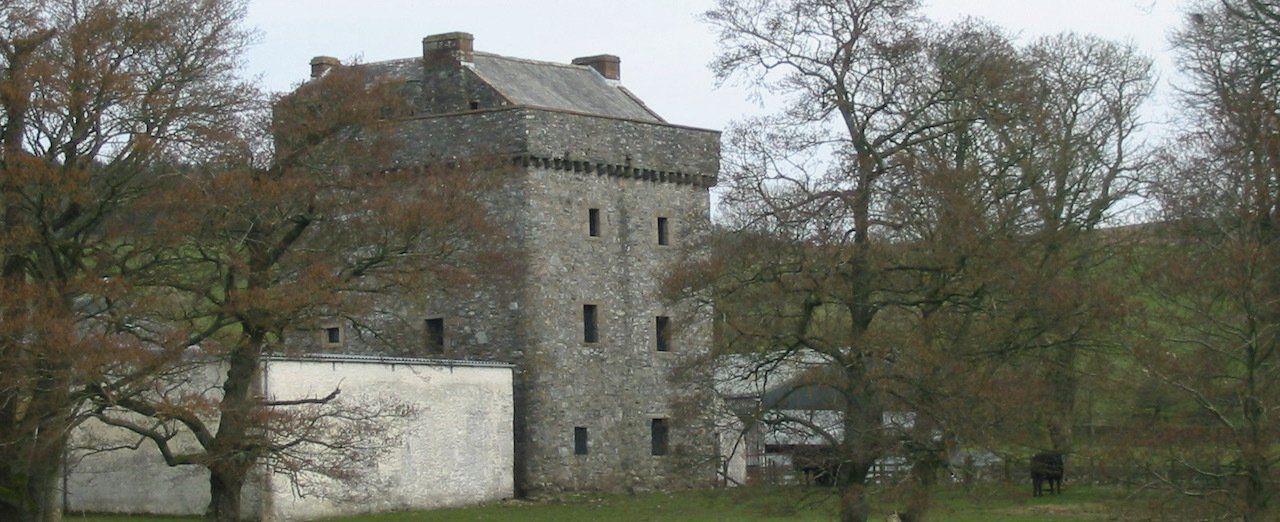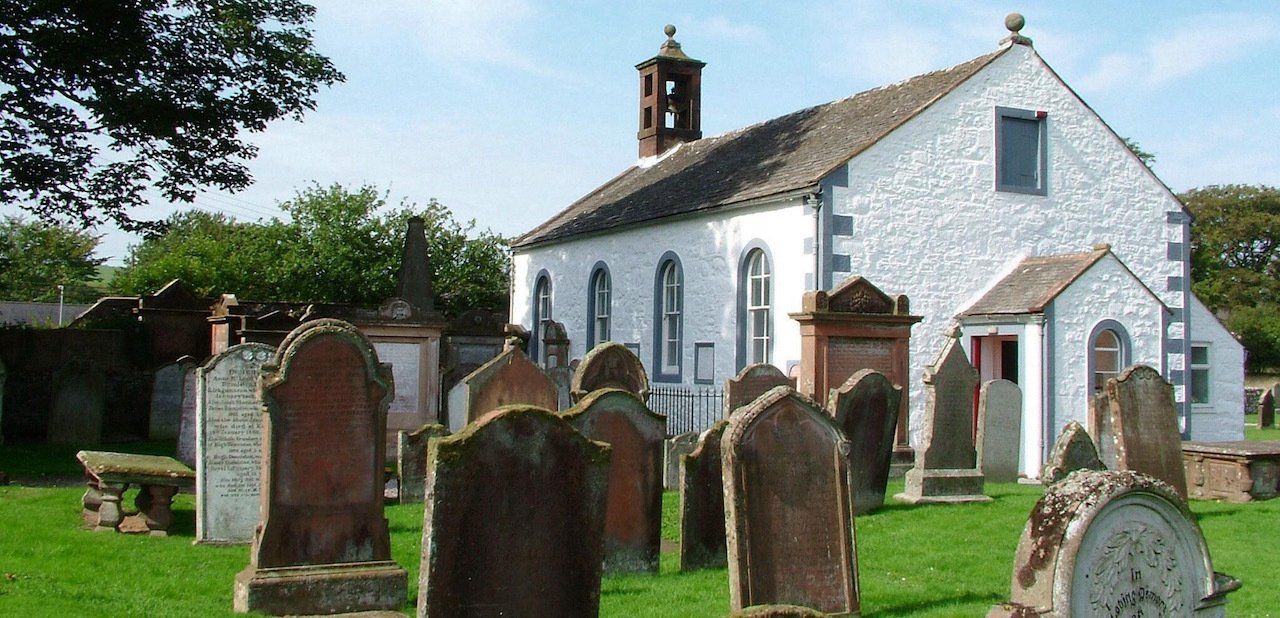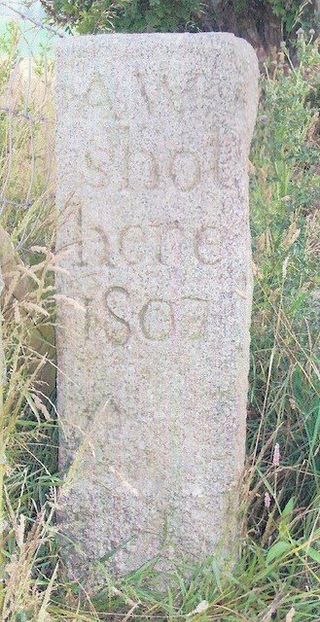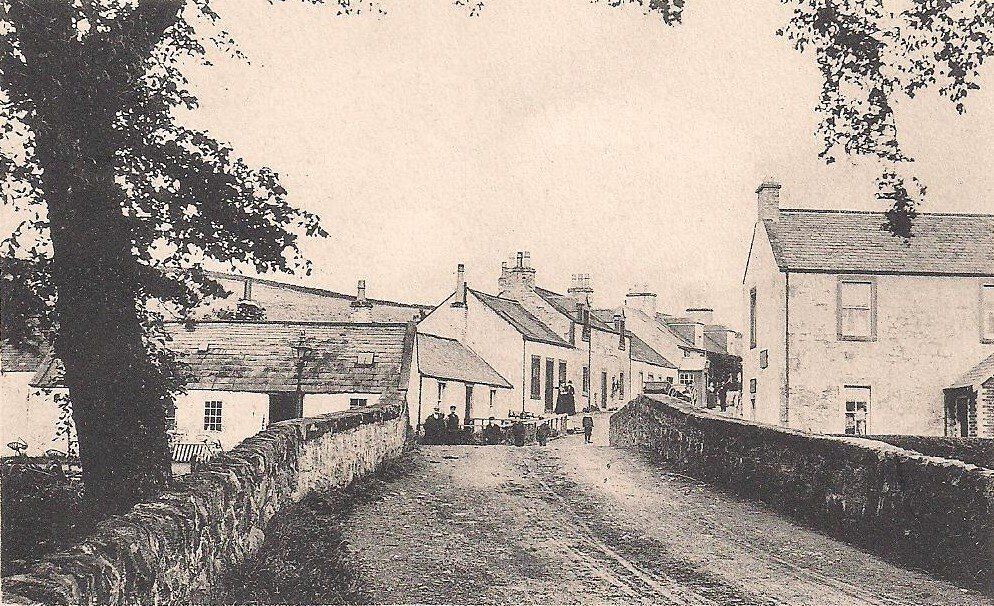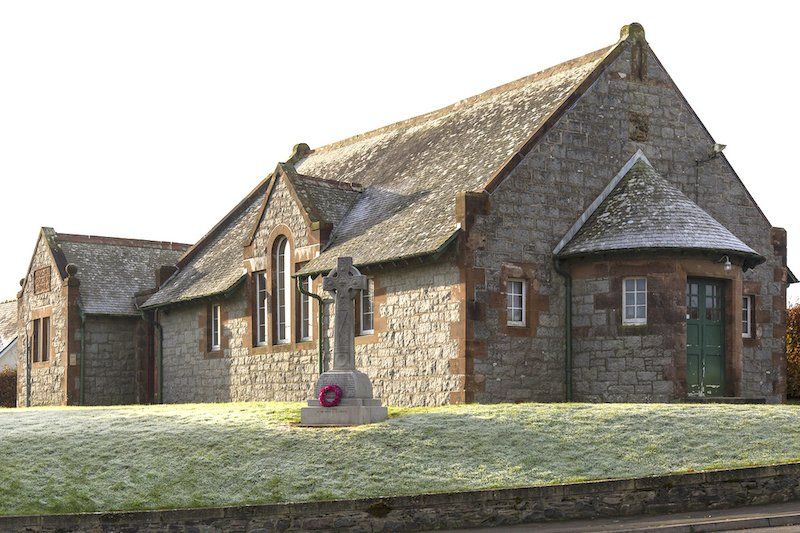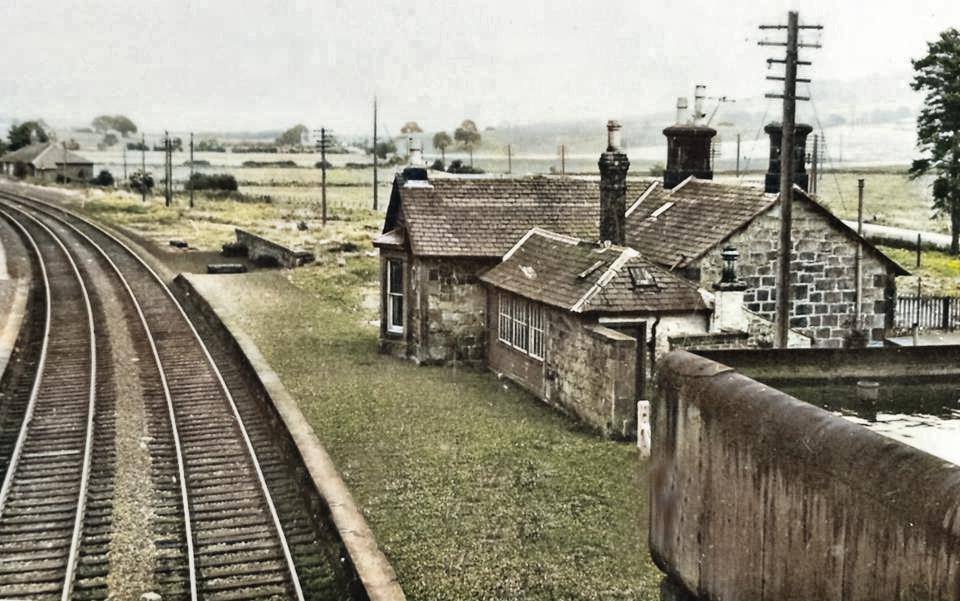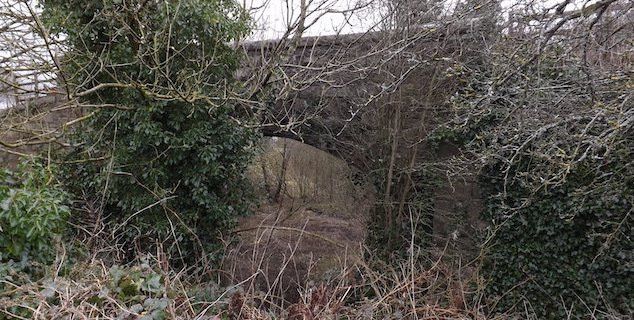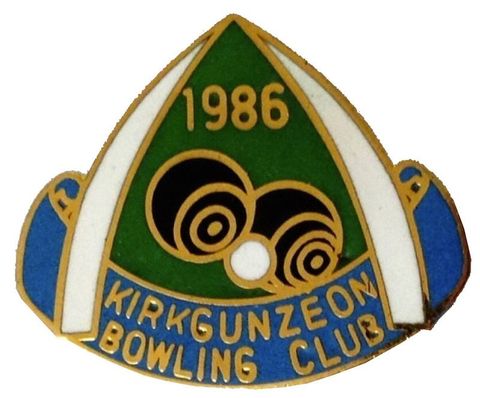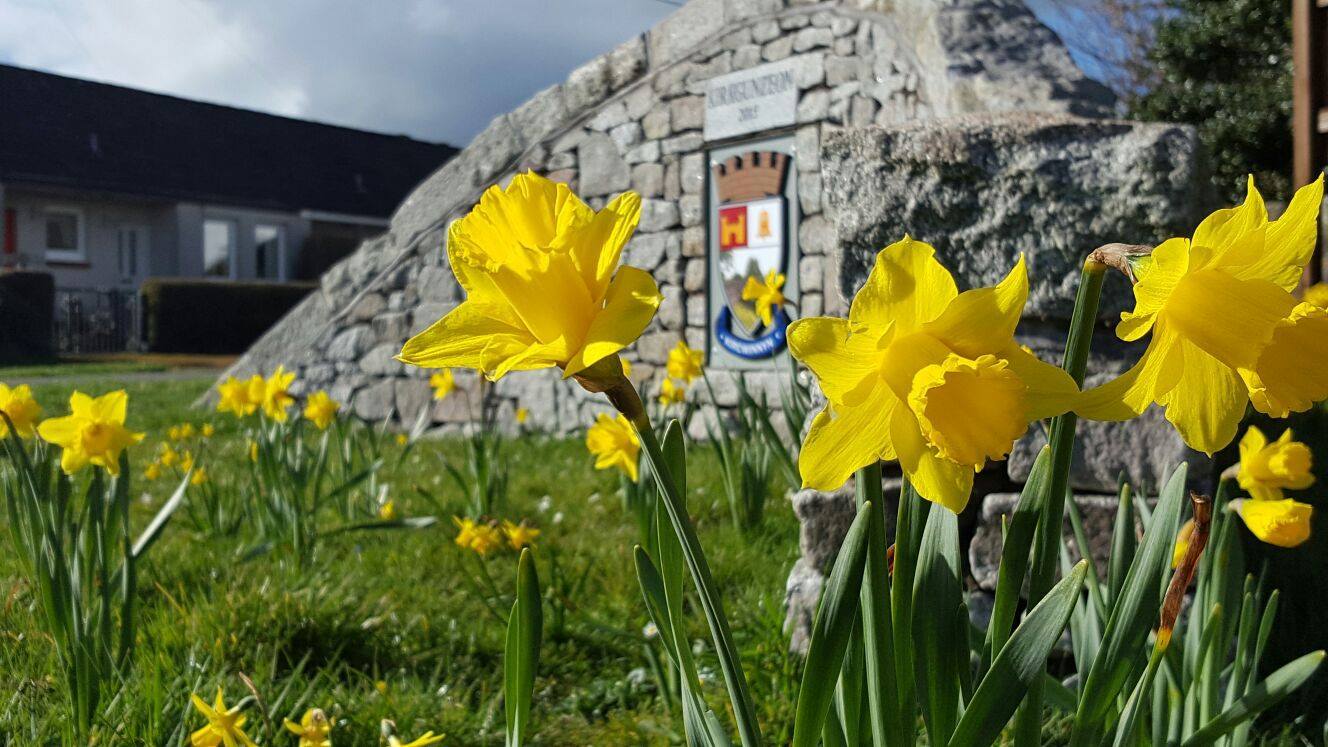6000 BC | 3000 BC | 2000 BC | 1000 BC - 1 BC | 300 AD | 600 AD | CIRCA 1160 | 1214-1249 | 1300 | 1367 | 1500s | 1551 | CIRCA 1608 | 1654 | 1666 | 1674 | 1700 | 1703 | 1791 | EARLY 1790s | 1796 | CIRCA 1800 | 1807 | 1844 | 1859 | 1906 | 1912 | 1914-18 | 1920 | 1920s | 1936 | 1938-56 | 1939-45 | 1945 & 1954 | 1959 | 1964 | 1965 | 1984 | 1996 | 2001 | 2006 | 2013 | 2015 | 2016 | 2018 | 2019 | 2020 | 2021
Parish Timeline
Local history research by Lynne Crichton
The earliest written records of Kirkgunzeon date back to the 12th century when it was referred to as ‘Kircwinnyn’ although there is archaeological evidence of hunter gatherers in the area dating back as far as 6000BC. Blaeu’s 1654 Atlas of Scotland includes the village and in 1754, it was recorded as standing on the road from Kirkcudbright to Dumfries. The parish of Kirkgunzeon has existed from the thirteenth century and its borders have been largely unchanged, forming the border of Parish Council and then Community Council. It is primarily an agricultural area with evidence of farming dating back to the Bronze Age settlements. In the 19th century the village was described as self sufficient with a mill, school, shop, smithy and railway station. As well as many farm workers recorded in the 1841 census of 637 residents, there was an innkeeper, joiners, shoemakers, tailors and weavers. In recent years the population has reduced with the 2011 census recording 319 residents. Due to this and other changes many village facilities have now closed although Maxwell Memorial Hall and the Primary School remain open.
This timeline offers an overview of parish history with links to further information held on the website. It includes reference to the three statistical accounts of Scotland, carried out in 1791, 1844 and 1959 which offer a unique and detailed picture of life in Scotland over this period. A summary of these three accounts shows how life in the parish develops over each intervening span of years. Click the buttons below to view by date order.
Additional details and images of the historic sites can be found on the National Record of the Historic Environment website here.
From 6000 BC
Mesolithic Site
Hunter gatherers travelled through the area. Remains of worked flint (used for tools) and charcoal were found on sites near Cowar and Drumcoltran.
3000 BC
Stone Circle
A Stone Circle stood near Kirkhouse. It was dismantled between 1790-1870 with larger stones removed for land clearance and building purposes.
2000 BC
Cairn
It was reported in 1840 that there had been a large cairn near Glaisters, inside which several urns filled with ashes were found. The cairn was dismantled and a dyke extending a mile in length was said to have been built from the stones.
1000 BC
Bronze Age Fort at Torkirra
Cord Rigs an early form of cultivation were found near Falgunzeon. Fortified Settlements at Torkirra and Camphill Prehistoric farmsteads with large scale woodland clearance and pastoral farming.
300 AD
Hut Circles
Evidence of these simple dwellings spans a lengthy period from as early as 2000 BC.
600 AD
Evidence of the early Celtic church
Place names suggest that the parish was served by three Celtic Churches at Killywhan, Killymingan and Killbride (near Arnmannoch). St Winning’s Well, a spring found near Kirkgunzeon Mill – possibly a pagan site.
Circa 1160
First Charter
Uchtred, Lord of Galloway granted the “lands of Kirkgunnin” to the monks of the Abbey of Holm Cultram in Cumbria for a period of three years for the sum of £6. Sometime between this date and 1367 the first church was built.
1214 - 1249
Parish boundaries established.
1300
King Edward I “Hammer of the Scots”
Returning through Galloway on his Scottish Campaign, King Edward and his army are thought to have marched through the parish of Kirkgunzeon towards Sweetheart Abbey.
1367
Sir John Heryz (Herries)
Sir John Heryz was given the lands of ‘Kirkgunyane’ by David II in recognition of his service in the Scottish Wars of Independence.
1500s
Tower Houses
There were three tower houses in the Parish at Barclosh, Corra and Drumcoltran. There is a local tradition that Mary Queen of Scots slept at Corra during her flight to England after the Battle of Langside in 1568. View more on Corra.
1551
Herries/Maxwell Marriage
With the marriage of Agnes Herries to Sir John Maxwell, the parish of Kirkgunzeon was acquired by the Maxwell family.
Circa 1608
Lord Maxwell’s Cave
John Maxwell, 9th Lord Maxwell, was outlawed for treason and the murder of Sir James Johnstone in 1608, following a generations long feud between the families. The OS map indicates a spot on the southern slope of Clawbelly Hill marked ‘Lord Maxwell’s Cave’ the supposed site of a place where he hid on his escape to France, although the site has never been found in modern times. On his return from France he was imprisoned and beheaded in 1613. His actions live on in the ballad, "Lord Maxwell's Last Goodnight."
1654
Pont/Blaeu’s Map The earliest map showing the location of the village.
1666
First mention of a School Master in Kirkgunzeon.
1674
Church Bell cast bearing name of Kirkwinong.
This is still in place in the current building. See Parish Church.
1700
Run-rig farming system
An early farming system where tenants were allocated strips of land. They shared resources, oxen, implements and labour. Cattle were all grazed on the “common land” The landscape was not as we know it today, with no fences or dykes and few trees. The process of enclosing the land then began, and at times was a cause of serious rural disturbance. In 1724 the Galloway Levellers or Dykebreakers demolished many enclosing dykes at night, with troops being summoned to deal with the problem.
1703
Kirk Session records for Kirkgunzeon begin around this time.
The Church played a central role in Parish life with the Minister and his elders enforcing ‘moral discipline’ as well as being responsible for the care of the poor and infirm of the parish. Extracts from Session records reveal that ‘breaking the sabbath’ or being ‘scandalously drunk’ could result in a public rebuke before the congregation. Being ordered to ‘stand in sackcloth at the Kirk door’ was a punishment recorded in 1719, and the ‘wicked practise’ of casting knots on a string at a wedding an offence noted in 1730. View more on Kirk Session.
1791
1st Statistical Account of Scotland
With the Parish entry written by the minister, Rev Heron.
Early 1790s
Robert Burns in Kirkgunzeon
Burns seems to have known the village, mentioning the minister Rev Heron in a letter to his friend William Nicol in 1790. In his post of exciseman Burns visited Kirkgunzeon, in particular William Kirkpatrick, the blacksmith who kept a private still. Mr Kirkpatrick’s wife Elizabeth Rigg, who was described as a resourceful woman apparently devised means of eluding the poet’s vigilance on these visits. In a similar vein there are accounts of a local ‘whuskey wife’ Peggy McPirran, hiding a keg of smuggled gin under her skirts by sitting on it when Burns came calling to look for the contraband.
1796
Present Church Built
By this time the old church was described as being ‘in a ruinous state’. It was demolished and a new church built at a cost of £274. See Parish Church.
Circa 1800
Toll Road With the Turnpike Act of 1797
The building of new roads and bridges as well as improvements to existing ones moved ahead. Breconside Tollbar built around 1823.
1807
Murder at Drumjohn
In April 1807 Alexander Williamson was shot and killed by Maitland Smith in a field at Drumjohn Farm. Smith was caught a short time later and he was hanged in Dumfries on 21st October that year. View more on Drumjohn Murder.
1844
2nd Statistical Account of Scotland
As with the first account the parish entry was written by the minster, at this time Rev Crocket. ‘He served the Parish for 58 years and an account of his life notes that he was known for his prodigious memory, for being a crack shot and for his enjoyment of parishioner’s hospitality. View more on Rev Crocket.
1859
Railway opened
The parish was served by three stations on the Dumfries to Stranraer line, Killywhan, Kirkgunzeon and Southwick. The line which opened between 1859 and 1861 was used for passengers and freight, the latter of great significance for local agriculture. During World War II Southwick served the Edingham Munitions Factory, which was built in 1939 and operated throughout the war employing 2,200 workers. The railway line was lost to the Beeching cuts in 1965.
1906
Maxwell Memorial Hall
As a memorial to the late Captain Alfred Maxwell who was a proprietor of Terregles Estate, his widow Lucy Lloyd Maxwell, gifted funds via a Deed of Trust for the building of a village hall. The Maxwell Memorial Hall, intended for the benefit of parish residents, opened in 1907. View a brief history of the Hall. It continues to offer community facilities and events today. See Maxwell Memorial Hall.
1912
Notes on the Parish of Kirkgunzeon
An account of parish history written by the minister Rev Gillespie was published in the Transactions and Journal of the Dumfriesshire and Galloway Natural History and Antiquarian Society. View Rev Gillespie's account.
1914 - 1918
World War I
In 1918 the community raised funds to erect a War Memorial to soldiers connected to the parish who fell in the Great War. The Memorial stands next to the Hall and was dedicated in July 1919, one of the earliest local war memorials to be erected. See War Memorial.
1920
Sale of Nithsdale Estate
The parish was still largely owned by the Maxwell family as part of the Nithsdale Estate. Tenants attended the Estate auction in Dumfries although not a single bid was made! Thereafter, as far as Kirkgunzeon Parish was concerned, the majority of “sitting tenants” bought their properties.
1920s
Main Roads Tarred and cars started to appear.
1936
Tractors start to arrive in Parish.
1938- 1956
Electricity
Many houses and some farms were linked up to the National Grid. Prior to this, oil lamps and DC electricity produced by waterwheel powered generators were the norm.
1939- 1945
2nd World War.
1945- 1954
New housing
4 “steel” houses built at Atholl Bank followed by a further 16 brick houses at Kirkbank.
1959
3rd Statistical Account of Scotland
This account was written by the village headmaster Mr A.W.Lindsay. Comparison between the three accounts offers an insight into the way village life changed over time.
1964
Present Primary School built .
1965
Railway closed with the last passenger train on 12 June 1965.
Pictured below is Kirkgunzeon Station c1967. On the opposite side of the road is the old railway bridge all but obscured by undergrowth and trees which once carried the road over the railway.
1977
The Anvil Inn
The Anvil Inn opened and for twenty years was a social hub in the village until its closure in 1997
1984
Bowling Green
Mention was made of a Bowling Green in the original 1906 Deed of Trust for the Hall and after 78 years, work started to create a new bowling club on land gifted by the Young family. After a huge community effort, led by Andy Frazer, this was completed. Due to falling membership, the Bowling Club closed in 2009 although the village green remains in community use.
1996
Bicentenary of the Church
To celebrate this event a floral exhibition depicting the history of the religious life of the parish was organised.
2001
Foot and Mouth the Parish was badly hit by the Foot and Mouth outbreak.
2006
Bridge Repairs and Improvements
A bridge appears on the earliest map of the village and the current one is early 19th century and a ‘listed’ feature. In 2006 it was strengthened and the parapet raised.
2013
Wind Turbines
Three small wind turbines were erected at Blairshinnoch, followed by three large turbines built at Plascow in 2016.
Church Closure
Sadly the last service was held at the Church on 13th October 2013 and after the church closed the congregation joined services at Dalbeattie Parish Church.
See Parish Church.
2015
Kirkgunzeon Community Facebook page established.
Village Welcome Stone built
Village Welcome Stone built by Keith Dempster in local stone, with a time capsule enclosed and a Kirkgunzeon ‘crest’ devised including a castle, bell and bridge.
2016
Maxwell Memorial Hall
Maxwell Memorial Hall becomes a Scottish Charity. See Maxwell Memorial Hall.
Defibrillator
Defibrillator donated by Dalbeattie First Responders installed at the Primary School.
2018
Centenary of the Armistice
A community appeal raised funds to refurbish the War Memorial and to conserve the Parish Rolls of Honour. Conservation of the two parish Rolls of Honour, which were moved to the Hall when the Church closed, was carried out and a new Centenary Roll produced.
See War Memorial.
2019
The History of Kirkgunzeon Parish exhibition
Following successful local exhibitions staged to celebrate the Bicentenary of the Church (1996) and Centenary of the Hall (2006) an exhibition of the history of the Parish was presented in the Hall. Linked to this a Kirkgunzeon information panel was produced to be displayed in the old village telephone box.
2020
COVID-19
The pandemic curtailed much of daily life and community activities so instead a Scarecrow competition and Celebration of Halloween Lanterns were held.
2021
Community Website Launched
The Maxwell Memorial Hall charity launches a new community website - Kirkgunzeon.org - designed and built by Dalbeattie-based website developer Great-Value-Websites.com.

